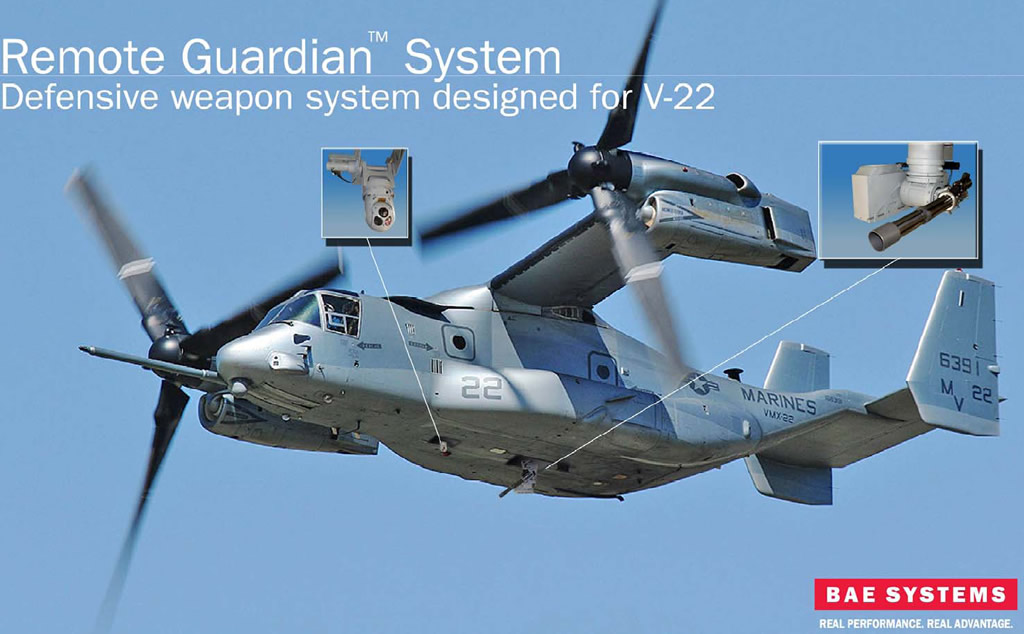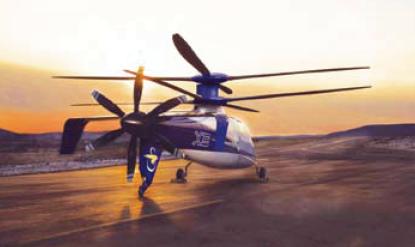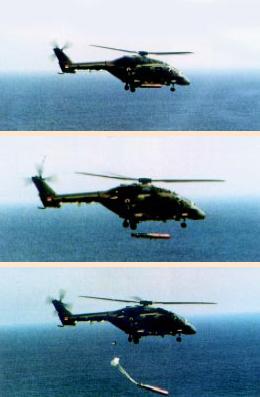Sikorsky SH-60 Seahawk
SH-60 / HH-60H / MH-60 Seahawk
U.S. Navy SH-60F with external fuel tank.
Role Multimission maritime helicopter
Manufacturer Sikorsky Aircraft
First flight 12 December 1979
Introduced 1984
Status Active service
Primary user United States Navy
Produced 1970s–present
Unit cost US$28 million (MH-60S)[1]
Developed from Sikorsky UH-60 Black Hawk
Variants Sikorsky HH-60 Jayhawk
Mitsubishi SH-60
The Sikorsky SH-60/MH-60 Seahawk (or Sea Hawk) is a twin turboshaft engine, multi-mission United States Navy helicopter based on the airframe of the United States Army UH-60 Black Hawk and a member of the Sikorsky S-70 family. The most significant modification is a hinged tail to reduce its footprint aboard ships.
The U.S. Navy uses the H-60 airframe under the model designations SH-60B, SH-60F, HH-60H, MH-60R, and MH-60S. Able to deploy aboard any air-capable frigate, destroyer, cruiser, fast combat support ship, amphibious assault ship, or aircraft carrier, the Seahawk can handle antisubmarine warfare (ASW), undersea warfare (USW), anti-surface warfare (ASUW), naval special warfare (NSW) insertion, search and rescue (SAR), combat search and rescue (CSAR), vertical replenishment (VERTREP), and medical evacuation (MEDEVAC). All Navy H-60s carry a rescue hoist for SAR/CSAR missions.
SH-60B Seahawk
The SH-60B maintained 83% commonality with the UH-60A.[4] The main changes are corrosion protection, more powerful T700 engines, shifting the tail landing gear 13 ft forward, replacing left side door with fuselage structure, and adding two weapon pylons. Other changes included larger fuel cells, an electric blade folding system, folding horizontal stabilators for storage, and adding a 25-tube pneumatic sonobuoy launcher on left side. Shifting the tail landing gear reduced the footprint for shipboard landing.[5]
SH-60B Seahawk.Five YSH-60B Seahawk LAMPS III prototypes were ordered. The first flight of a YSH-60B occurred on 12 December 1979. The first production version SH-60B achieved its first flight on 11 February 1983. The SH-60B entered operational service in 1984 with first operational deployment in 1985.[3]
The SH-60B LAMPS Mk III is deployed primarily aboard frigates, destroyers, and cruisers. The primary missions of the SH-60B are surface warfare and anti-submarine warfare.
The SH-60B carries a complex system of sensors including a towed Magnetic Anomaly Detector (MAD) and air-launched sonobuoys. Other sensors include the APS-124 search radar, ALQ-142 ESM system and optional nose-mounted forward looking infrared (FLIR) turret. It carries the Mk 46, Mk 50, or Mk 54 torpedo, AGM-114 Hellfire missile, and a single cabin-door-mounted M60D/M240 7.62 mm (0.30 in) machine gun or GAU-16 .50 in (12.7 mm) machine gun.
A Seahawk waits above the ground to evacuate a simulated casualty as fellow MARSOC operators bring the Marine on a stretcher.A standard crew for a SH-60B is one pilot, one ATO/Co-Pilot (Airborne Tactical Officer), and an enlisted aviation warfare systems operator (sensor operator). Operating squadrons are designated Helicopter Anti-Submarine Squadron, Light (HSL).
The SH-60J is a version of the SH-60B for the Japan Maritime Self-Defense Force. The SH-60K is a modified version of the SH-60J. The SH-60J and SH-60K are built under license by Mitsubishi in Japan.[6][7]


















